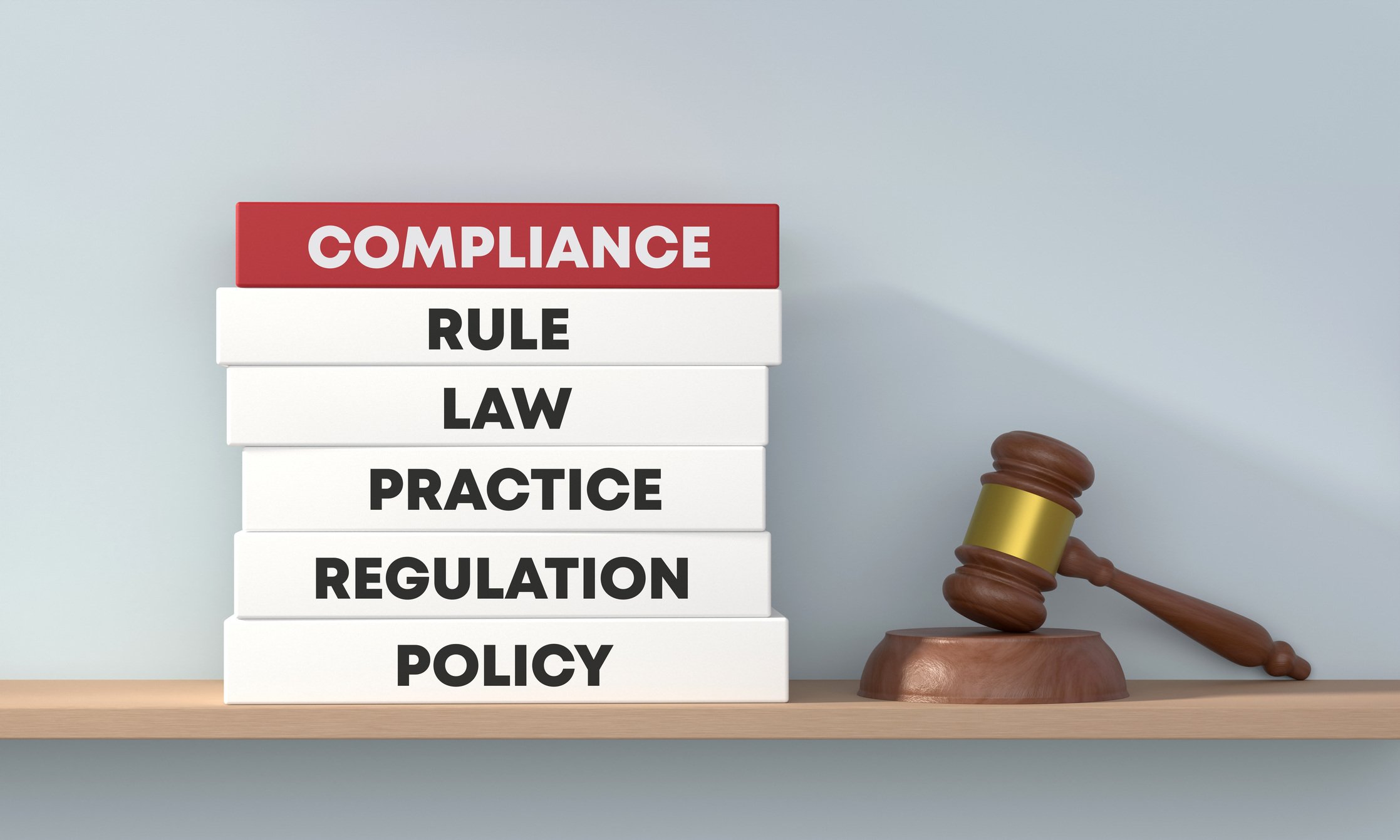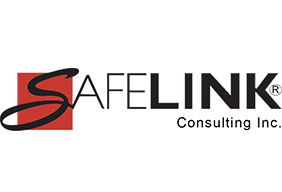Every year, the Occupational Safety and Health Administration (OSHA) releases its list of the most frequently cited workplace safety violations, highlighting critical areas where employers often fall short in protecting their workers.
The fiscal year 2024 data serves as a crucial reminder of the persistent hazards across various industries and offers valuable insights into improving workplace safety and compliance. By reviewing these top 10 violations, employers can identify common risks, strengthen their safety programs, and take proactive steps to avoid costly penalties while fostering a safer work environment for their employees.
Here are the OSHA top 10 most frequently cited standards and violations in FY2024:
-
1. Fall Protection – General Requirements 1926.501
2. Hazard Communication 1910.1200
3. Ladders 1926.1053
4. Respiratory Protection 1910.134
5. Lockout/Tagout 1910.147
6. Powered Industrial Trucks 1910.178
7. Fall Protection – Training 1926.503
8. Scaffolding 1926.451
9. Personal Protective and Lifesaving Equipment-Eye and Face Protection 1926.102
10. Machine Guarding 1910.212
As a business owner, you may look at this list and determine that they don’t apply to your business. Let’s take a closer look at how these can apply to your business.
#1: Fall Protection - General Requirements
Fall Protection is designed to protect workers where fall protection is required, which systems are appropriate for given situations, the proper construction and installation of safety systems, and the proper supervision of employees to prevent falls. It’s designed to protect employees on walk-working surfaces (horizontal or vertical) with an unprotected side of edge above 6 feet.
Even if you’re not in construction, you should be aware of this OSHA requirement for the protection of workers of any contractor you hire to do work that falls under this Standard. OSHA has been known to issue citations to businesses when they have hired a contractor and the contractor’s worker is injured on the job, but the contractor had not provided proper safety protection. Vet your contractors on their safety program before you hire them. Once their workers are onsite and you notice an unsafe condition, notify the employer immediately.
The Fall Protection Standard 1926.501 referenced above applies only to construction, therefore, a business’ activities for its own workers who perform work at heights above 4 feet would need to ensure that they are complying with OSHA’s Walking and Working Surfaces Standards. An example could be when a worker is changing filters in HVAC or dust collection on the roof or at heights above four feet. This Standard includes that an employer meet the requirements for hand rails and toe rails so ensure your facility meets these requirements.
#2: Hazard Communication
Hazard Communication is always at the top of the general industry list. For industries that don’t involve Fall Protection as discussed above, lack of an adequate Hazard Communication Program is number one. Hazard Communication requires employers to inform workers of the chemical hazards associated with the chemicals in the workplace. Ensure that you provide access to your workers of the hazards associated with the chemicals in your workplace through the availability of Safety Data Sheets (SDSs) and labeling. Training workers is required upon hire, when a new hazardous chemical is introduced into the workplace, and/or when a worker is moved to another area of the workplace where hazardous chemicals are present. The main citations involve lack of implementation of a hazcom program, training, maintaining SDSs, and explanation of labeling.
#3: Ladders
Ladders must only be used for the purpose for which they were designed and must be maintained so they are in good operating condition at all times. The citations included use of ladders with structural defects, portable ladder access, ladders used for other than purpose designed, structural defects, and employees carrying objects or loads on ladders that could cause the employee to lose balance and fall. It’s not uncommon to see ladders in facilities so if your business uses them ensure that you are following OSHA’s standards for this equipment.
#4: Respiratory Protection
Respiratory Protection is intended to protect workers from inhalation of hazardous particles, fumes, etc. COVID-19 brought about the importance of respirators and awareness of this requirements under this Standard. Even though ventilation is installed in your facility, it may not be adequate to protect workers. Performing air sampling is the best way to ensure that ventilation and evacuation systems are working properly to eliminate or minimize the hazard. If not, then a mandatory Respiratory Protection Program must be developed and implemented. That includes having a medical questionnaire completed by the worker who is required to wear a respirator, fit testing, and adequate training on use and maintenance of the respirator. If respirators are used on a voluntary basis, then follow OSHA’s requirements for a voluntary respiratory program.
#5: Lockout/Tagout
Lockout/Tagout requires an employer to protect workers repairing and maintaining equipment that is controlled by hazardous energy. This Standard outlines minimum performance requirements for the control of hazardous energy during servicing and maintenance of machines and equipment. Ensure that your program is documented and the individuals responsible for de-energizing equipment are trained at least annually. Learn more about Lockout Tagout.
#6: Powered Industrial Trucks
Powered Industrial Trucks (PIT) Standard covers the design, maintenance and operation of this equipment which includes forklifts and motorized hand trucks. Where this equipment is in use, these employers must ensure that all the parts of this Standard are followed. The citations for this period included safe operation, refresher training and evaluation, certification records, examination of equipment before placing in service, and removing equipment from service until it has been restored to safe operating conditions.
#7: Fall Protection - Training Requirements
This Standard addresses training requirements for employers in regard to fall protection. Employers must provide a training program for each employee who might be exposed to fall hazards and those records need to be certified. Training must be by a competent person. Retraining must be performed whenever the employer has reason to believe that an employee who has already been trained does not have adequate understanding and skill required.
#8: Scaffolding
Scaffolding should be designed by a qualified person and constructed and loaded in accordance with that design. You may not use scaffolding as a customary part of your business, however, as with Fall Protection discussed above ensure that if you hire a contractor to perform work that requires scaffolding that they are meeting OSHA’s requirements for not only the safety of their workers, but for the safety of your workers should they have access to the area where the scaffolding is installed and being used.
#9: Personal Protective and Lifesaving Equipment – Eye and Face Protection
The Standard cited was 1926.102. This Standard addresses appropriate personal protective equipment for workers exposed to eye or face hazards, such as flying particles and chemical gases or vapors. The majority of the citations were because employers did not ensure that each affected employee used the appropriate eye or face protection when exposed to eye or face hazards from flying particles, molten metal, liquid chemicals, acids or caustic liquids, chemical gases or vapors, or potentially injurious light radiation. Some citations involved an employer not providing eye protection that provides side protection when there was a hazard from flying objects. Some citations were for employers not providing adequate eye protection for workers who wear prescription eyewear. Learn more about PPE.
#10: Machine Guarding
Machine guarding is used to protect operators and other employees from hazards, including those created by point of operation, ingoing nip points, rotating parts, flying chips and sparks. The majority of the citations were for employers not providing an adequate method of machine guarding. Another area for citation was for not anchoring fixed machinery securely to prevent walking or moving. It’s also important to ensure that the guard is affixed to the machine where possible and secured elsewhere if for any reason attachment to the machine is not possible. That guard shall be such that it does not offer an accident hazard in itself. Citations were also issued where the periphery of blades of a fan that were less than 7 feet above the floor or working level were not guarded. This guarding shall have openings no larger than one-half inch. Learn more about Equipment Safety.
Top 10 Penalties in FY2024
The list of OSHA’s proposed penalties in fiscal year 2024 is topped with $2.5 million for a sawmill in Alabama. Five of the penalties ranged from $1.9 million to $1.0 million so OSHA’s serious about citations and penalties. The other four range from $810,703 to $536,262.
Your best bet as an employer is to take the time to identify and assess hazards, but then to take action to eliminate or minimize them through engineering and administrative controls, work practices and / or use of personal protective equipment. SafeLink can help you with that process plus assist you in developing your health and safety program. Your employees are your greatest asset so protect them!
Need help with safety training or developing a written health and safety program? Contact SafeLink Consulting.
Our goal at SafeLink Consulting is to help our clients meet the standards set out by OSHA and also state OSHA plans. We are available to provide businesses with assistance in the development of programs that are required for compliance and the safety of their employees.







Leave Comment